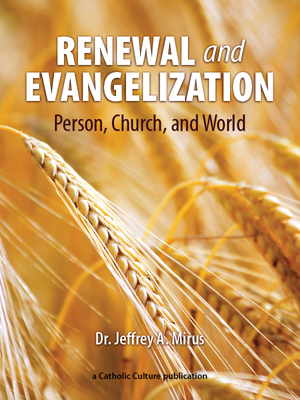Make your gift today!
Help keep Catholics around the world educated and informed.
Already donated? Log in to stop seeing these donation pop-ups.
Catholic Activity: Pope St. Gregory the Great and Cherries
This is the story of St. Gregory the Great and his love of cherries on the feast of St. Mark, April 25. Popes now have cherries served on this feast in reminder of this legend.
DIRECTIONS
A strange thing happened one April 25, St. Mark's day: the Holy Father [Pope Gregory the Great], frugal by nature and by vocation, was suddenly overwhelmed--we do not know why--by an incomprehensible desire for cherries. History recounts that servants and gardeners were at a loss. The spring weather was still fresh and raw, and the cherry trees, which grew in numbers along the hills of Trastevere, from the Janiculum to the Colle del Gelsomino, were only just in blossom.
Fortunately, one gardener who was wandering th egardens in despair--gardens that, centuries earlier, had belonged to Luculus--was visited by St. Mark in a cloud of fire. The saint asked him why he was in such a state. As soon as he heard the answer, he uttered a special blessing on a tree, and in a flash it was covered in fragrant, succulent red fruit. As the story handed down through the centuries in Roman dialect recounts, the Pope "se ne fece subito una bella panzata" ("wasted no time in wolfing down a bellyful"). Since then, on St. Mark's feast day, the Pope usually enjoys a nice bowlful of cherries, out of not so much greed as devotion to the saint.
Although this popular legend is highly imaginative, it apparently has its origins in the ancient Roman feast of Rubigalia, founded by Numa Pompilius in honor of the goddess Rubiga, an occasion on which, as well as sampling the first cherries of the year, the Romans carried out rituals to protect crops from blights. In Christian times this holiday was transformed into Rogation Days.
Activity Source: Buon Appetito, Your Holiness: The Secrets of the Papal Table by Mariangela Rinaldi and Mariangela Vicini, Arcade Publishing, New York, 2000






